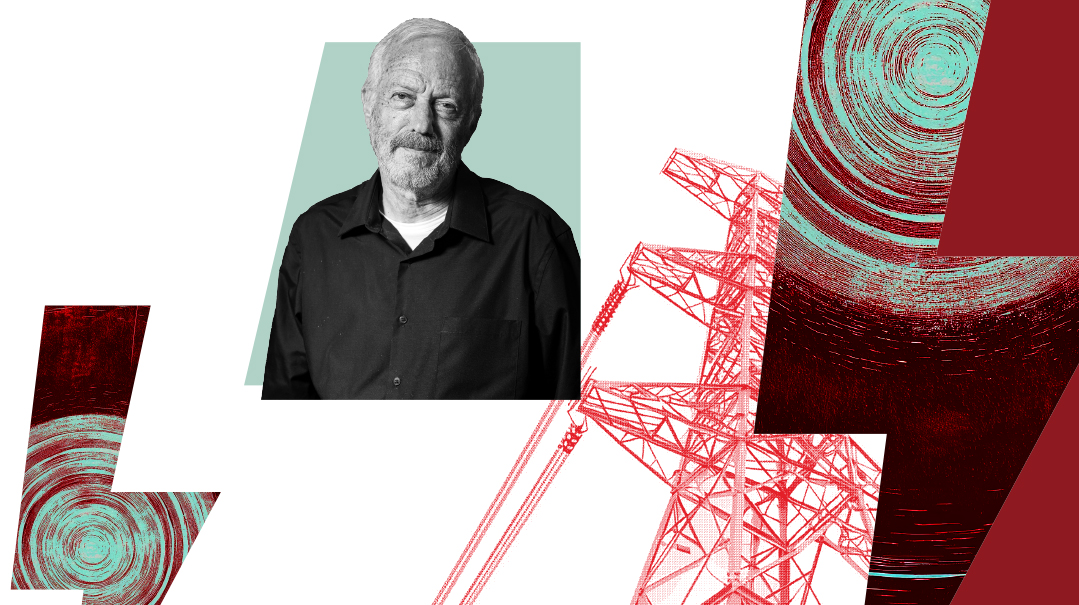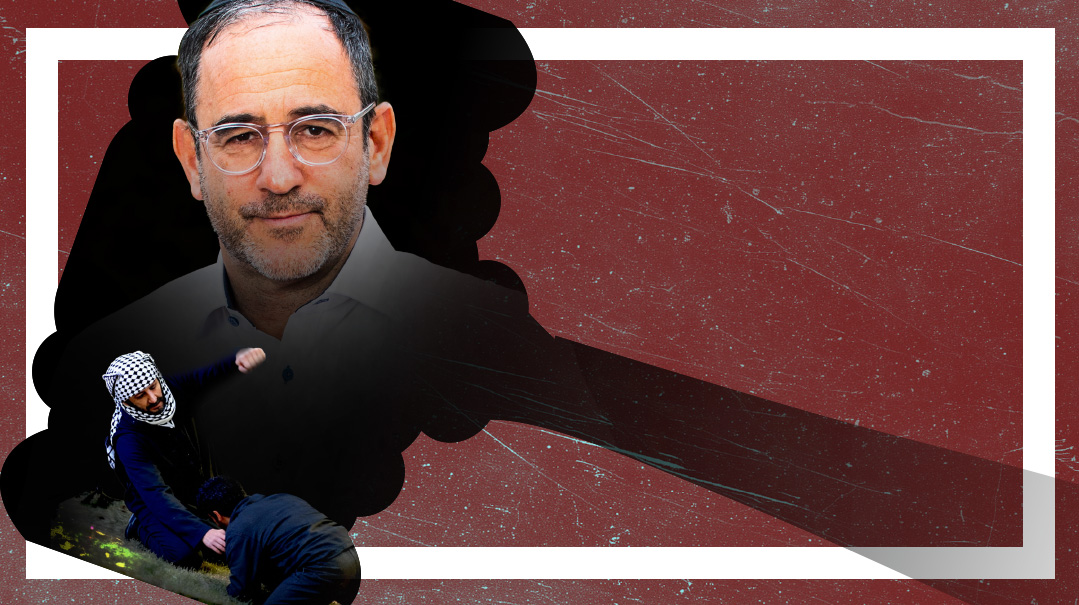Worst-Case Scenario

American-Israeli inventor Avi Schnurr prepares countries for the day the grids are attacked

Photos: Elchanan Kotler, Flash90
As Israel faces a dizzying array of threats, Avi Schnurr and his team are working to ‘disaster proof’ the country – and other nations – from sudden attacks on critical infrastructure systems and other scenarios no one really wants to think about. While sounding the alarm, he also offers reassurance: Israel is well-prepared.
You can tell a lot about a person from their home, but there’s nothing about the lovely farmhouse layout of physicist Avi Schnurr’s Jerusalem apartment that hints to its unusual occupant.
Garlic cloves hang like wind chimes at the front stoop and olive trees burst with plump buds in the small yard.
The inlaid stone wall, eclectic art, hanging yellow-bulb light fixtures, and wooden antique-style chairs tell the story of staid, artistic retirees, not a laser expert who works with his wife to develop hi-tech global solutions to the worst doomsday scenarios a country can face.
As CEO of the Electric Infrastructure Security Council (or EIS), Avi is a global leader in the development and coordination of protection strategies for critical national infrastructures. In simple English, it is his responsibility to “disaster-proof” nations from sudden attacks on their electric, fuel, and communications systems. The holder of several patents in laser and optical systems and a two-time recipient of the corporate Chairman’s Award for Innovation, Avi has provided briefings for NATO and the EU, advised the US Departments of Energy and Homeland Security, and has reviewed US defense policies.
His wife Sarah, famous for her chocolate chunk cookies, works alongside him as the EIS Council’s strategic adviser. She helps with grant research, report editing, and logistics, while lending her uniquely out-of-the-box thinking to Avi’s rigorous scientific approach.
Over the past ten months, as Israel’s ground troops continue to battle Hamas guerilla forces in Gaza, while Hezbollah and its Iranian patrons promise violence and bloodshed, Avi and his team have ramped up their efforts to assess less obvious — but extremely potent — threats facing the country, and to refine essential plans and tools to keep Israelis safe in the event that their electricity, communications, or water supply are targeted.
These are scenarios no one wants to think about — but it’s Avi’s job to do just that, rationally and methodically, with a solution-oriented mindset. “If you become convinced the future will confront your people and your land with extraordinary threats, and you have the background to foresee consequences that you find completely unacceptable, you soon discover that you have no alternative but to plan for the worst,” he says. “This becomes the focus of your time, your hopes, and your energy.”
Along with his scientific and logistic expertise, he’s seen a hidden Hand playing an outsize role. “If the cause is worthwhile,” he attests from personal experience, “Hashem will help.”
Oops! We could not locate your form.







